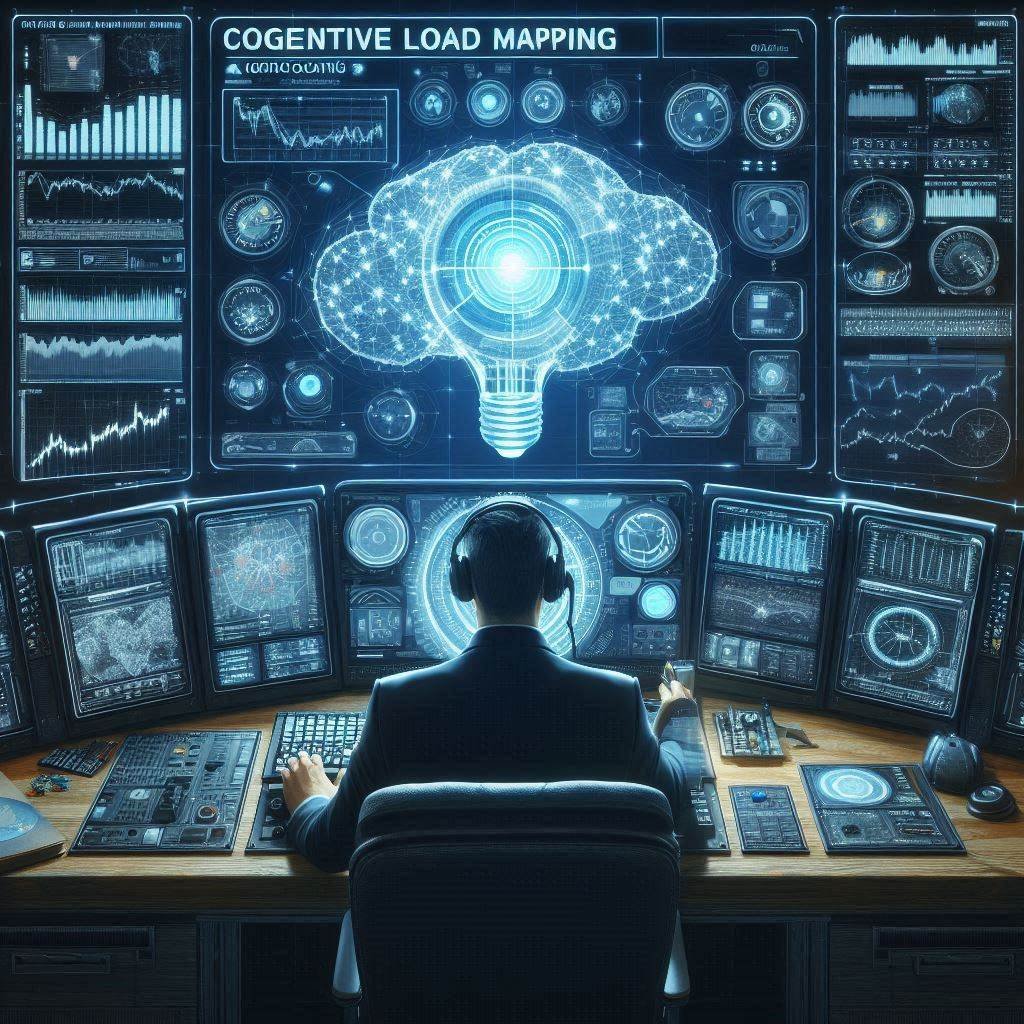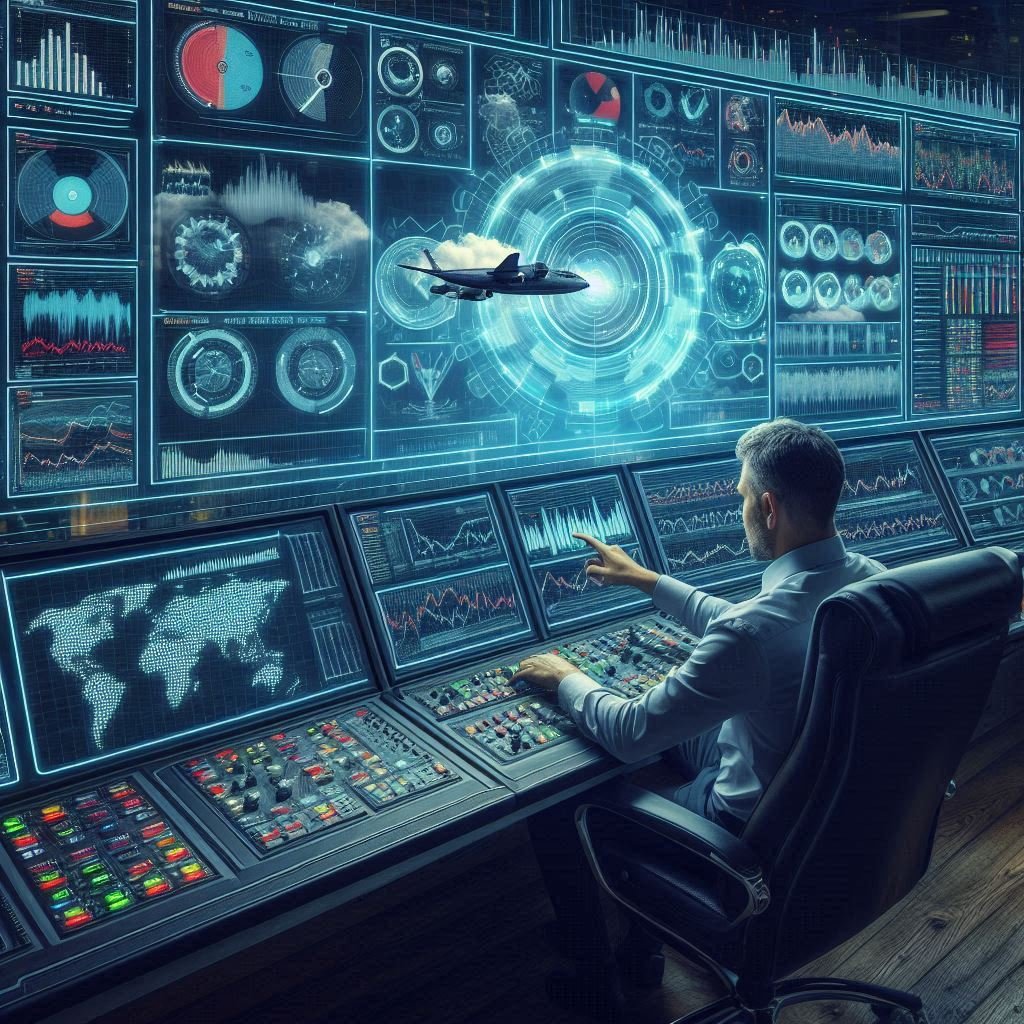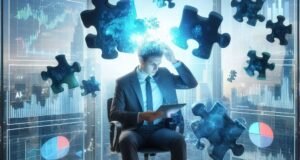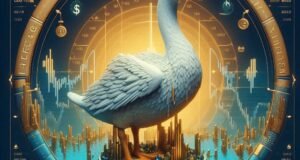Imagine a fighter pilot locked in a high-speed dogfight. The cockpit is alive—radar screens flashing, warning lights blinking, commands screaming through the headset. But even with the best tech in the world, if the pilot’s mind is overloaded, one wrong twitch can mean catastrophe. Now, replace the jet with a multi-monitor trading desk. Replace enemy jets with volatile markets. And the pilot? That’s your prop trader, locked into the markets with capital on the line. In this arena, Cognitive Load Mapping becomes the radar that tracks not market threats—but the trader’s mental bandwidth itself.

The Invisible Bottleneck
In prop trading, speed and clarity of decision-making are prized assets. But what happens when the mind becomes a traffic jam of charts, alerts, macro news, position updates, and real-time analytics? The sharpest strategy loses edge when the brain can’t breathe. This is where Cognitive Load Mapping (CLM) comes in—it doesn’t just track performance; it monitors the pressure behind performance.
Think of the brain like a server farm. It has processing limits. Start too many tasks at once—strategy review, live hedging, risk recalibration, watching Powell’s speech—and the system begins to throttle. CLM monitors these “CPU usage” levels of traders, identifying moments when cognitive strain threatens execution quality. For prop trading desks, that’s the difference between a million-dollar insight and a million-dollar miss.
The Orchestra Conductor Metaphor
Imagine a conductor trying to lead an orchestra, but suddenly half the sheet music changes, the tempo increases, and the lights go out. The music becomes noise—not because the musicians failed, but because the conductor couldn’t keep pace.
In trading, the brain is the conductor. Charts are violins. Options Greeks are percussion. Breaking news is brass. Cognitive Load Mapping ensures the conductor isn’t overwhelmed—so the music (strategy) continues in harmony. In prop trading, this harmony is essential, especially during high-volatility events when milliseconds determine outcomes.
How Cognitive Load Mapping Works
CLM blends neuroscience, behavioral analytics, and technology. Using non-invasive tools like keystroke dynamics, mouse tracking, eye movement, facial micro-expression analysis, and heart rate variability, it paints a real-time map of trader strain.
Coupled with software integrations, it tracks:
- Task switching frequency – Are traders flipping screens too often?
- Response latency – Is decision speed slowing despite familiar setups?
- Micro-pauses – Is hesitation creeping in under pressure?
- Ergonomic signs – Posture slumping, fidgeting, or excessive scrolling?
Over time, a profile emerges: when a trader’s “cognitive engine” is humming at peak, and when it’s redlining. For prop trading firms, this creates an early warning system—not for market crashes, but for trader overload.

Tactical Applications in Prop Trading
CLM isn’t just for empathy—it’s tactical. Imagine a live trading room where dashboards don’t just show P&L, but trader load levels. Team leads can rotate responsibilities. Algorithms can auto-delegate simpler trades to bots when a trader nears burnout thresholds. Coaching becomes surgical: “You tend to overload during macro news releases. Let’s reassign macro flow on FOMC days.”
Further, during post-trade analysis, CLM lets prop trading desks correlate performance not just with market conditions, but with the mental state during decision-making. Did that loss happen during a cognitive dip? Was the win made in peak focus flow?
This data reshapes trader training, desk structure, and even shift planning. High cognitive load after two hours of scalping? Schedule in a strategic pause. Consistent overload near the close? Adjust workflows.
The Formula One Pit Stop Analogy
F1 drivers don’t wait for a tire to blow—they pit based on performance telemetry. Similarly, prop trading teams using CLM don’t wait for burnout. They act on real-time feedback. They pull traders for a pause, recalibrate workloads, or deploy support before fatigue poisons execution.
The result? Longevity, precision, and sustainable performance.
It doesn’t place trades. It doesn’t predict markets. But it ensures the one making those trades—the human—remains sharp, clear, and in control. Because in the war room of markets, managing the mind is the ultimate edge.




